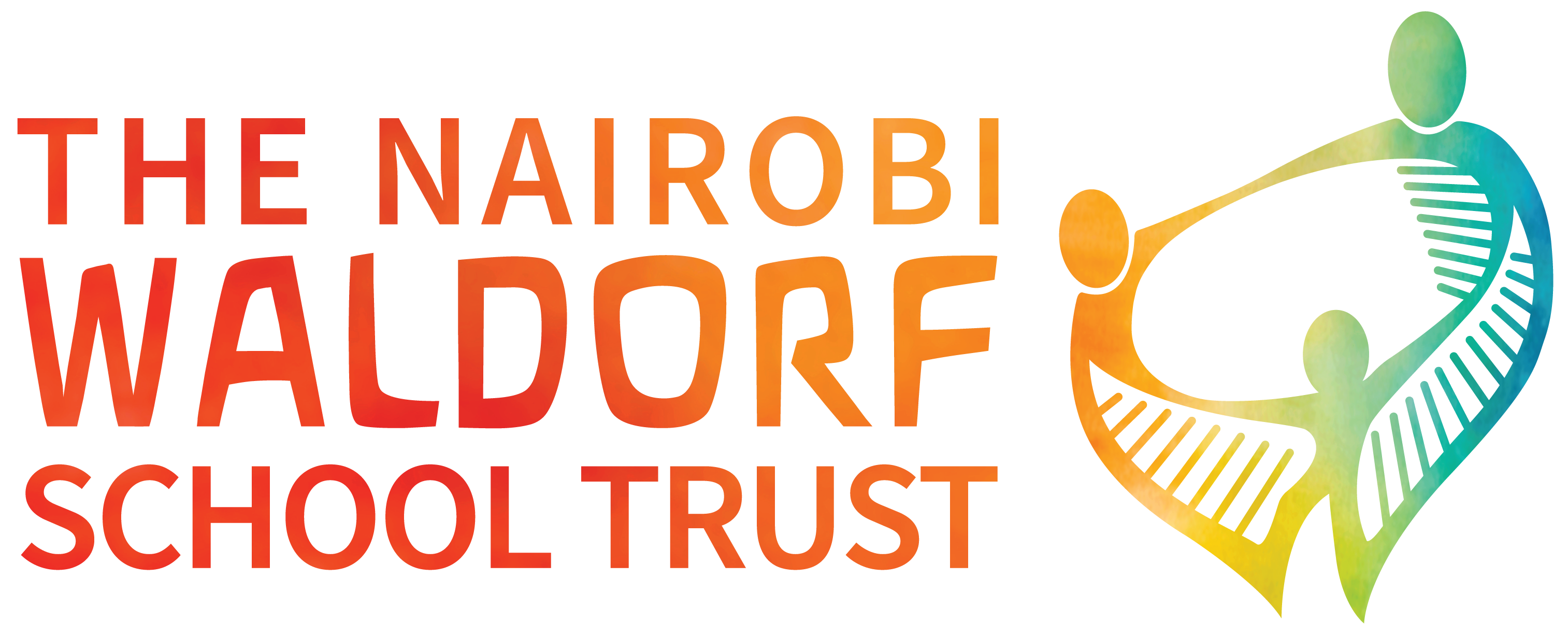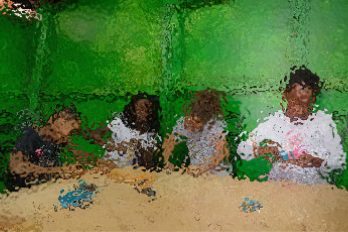
CLASS ONE
In first grade the foundations for literacy and numeracy are laid through the beautiful images and musical sounds of stories. Fairy tales, nature stories, and folk tales from around the world are the basis for the introduction of the four arithmetic processes and the sounds and shapes of letters.
Students use objects, chalkboards, and mental math practice to solve story problems. First graders learn word sounds and shapes through games and stories. Out of their understanding of word sounds, students begin the process of writing their own stories.
First graders learn best through repetition and imitation, and their imaginations are allowed to flourish by listening to and creating stories about words and numbers. Knitting, which reinforces left and right brain connection and math skills, is introduced, as well as movement, which consists of cooperative games
Waldorf games and swimming are also introduced in this level. Students also sing and play the flute with their class teacher.
Students have much to accomplish in first grade: they begin a structured academic curriculum; develop the art of good manners and self-discipline; and continue their cultivation of imagination, curiosity, and creativity in the process of learning.
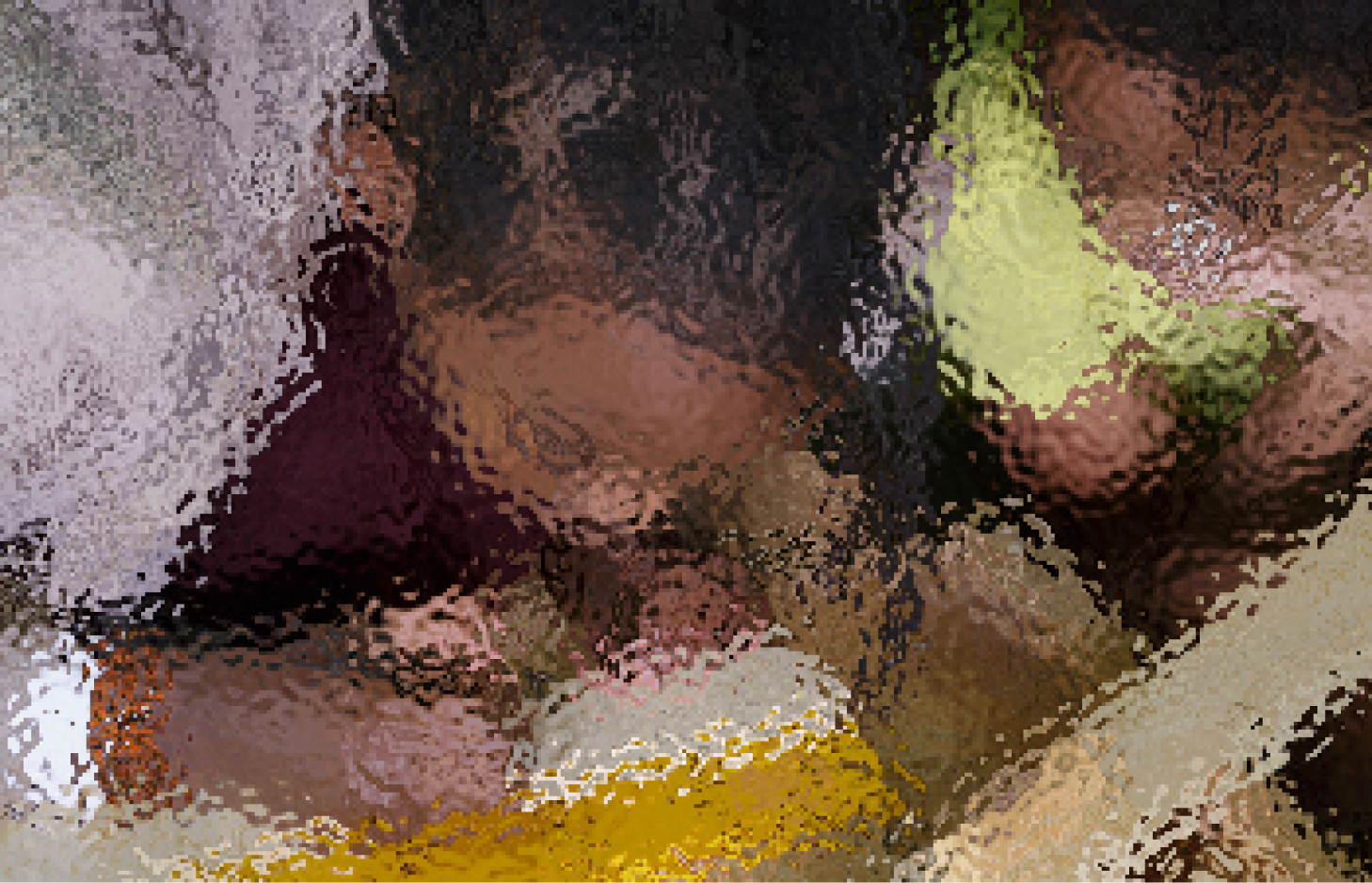
CLASS TWO
Second graders practice and build on the numeracy and literacy skills learned in first grade. In math blocks, students continue to work on the four processes and begin learning the multiplication tables by rote and through rhythmic games.
Second graders practice consonant blends and word families, and writing in sentences. Their reading skills emerge from familiarity with their own writing and with letter shapes and sounds.
Eight year-olds begin to be aware of their separateness from others. At the same time, the social cohesiveness so strongly fostered in first grade begins to take root. While friendships form, individual differences also become more apparent. The sense of polarization that second graders experience is mirrored in the historical focus for the year: the two extremes of moral conduct illustrated by stories of compassionate people contrasted with animal fables. Nature stories, riddles, and poetry also inform the second grade studies—whether math, science, movement, or painting.
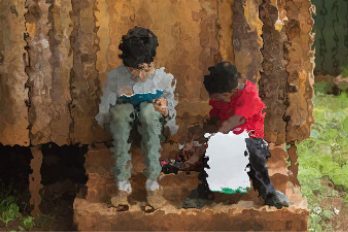
CLASS THREE
In handwork, students learn the purl stitch and knit beautiful cases for their wooden flutes. The third-graders develop physical coordination and spatial awareness by participating in games.
Third graders investigate what it means to have a respectful relationship with the earth. The primary texts that form the context for learning are the Native American legends and Old Testament stories. Students study gardening and farming: they begin to garden in the school plot, learn to identify grains, and examine how cultures were affected by their dependence on certain grains.
In geography, students study housing and buildings from around the world and build their own model houses. Third graders work with all types of measurements and study the contributions of ancient civilizations to the science of measurement.
In math, children expand their understanding of place value, carrying and borrowing, and begin long division. Reading permeates every subject. All students are screened by the school’s reading teacher at the beginning of the school year to assess progress; small group reading classes are formed for students needing additional skill development. Using the Old Testament stories and Native American legends as models, students study the basic parts of speech and learn how to craft a good sentence.
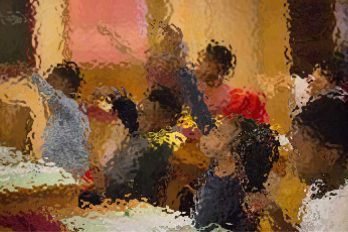
CLASS FOUR
Fourth graders are passing through the midst of the nine-year change. They are in the process of cutting the ties to their childhood life. The transition from early childhood is being completed; the transition towards puberty has not yet begun.
This Centre-point of the class teaching period coincides with the middle of the second seven-year period of life, and is referred to in Steiner Waldorf pedagogy as the ‘Heart of Childhood’. The self-activity of the child brings about a harmonizing of the relationship of the breathing to the blood circulation.
Confidence in their new state is expressed in a quality of vigor and an eagerness to look at and learn about the world. They still wish to revere, but, for them, that reverence must be justified. The children begin to form their own personality in response to their experience of the world, consciously choosing those qualities that will go into their characters. The children tend to have strong opinions based on their likes and dislikes as they are not yet capable of intellectual judgment.
The fourth grade curriculum addresses a child in possession of greater certainty and confidence. In this grade level, the child is more assured of his/her own place in the world and is able to assert more individual needs and wants. The curriculum correspondingly evolves away from the unified approach of early childhood into the teaching of more specific subjects. The Main Lesson blocks are more varied in the fourth grade than they have been in the earlier grades, reflecting both the children’s individuation as well as the intellectual breadth of which they are beginning to be capable.
A start is made on natural science to study the animal kingdom in relation to the human being. Also a thorough study of the local surrounding and developing the process of map-making.
In the realm of mathematics, the fourth grade child begins the year with a firm foundation in working with whole numbers using the four processes. This year marks the appropriate time to introduce fractions, as the practice of breaking apart the whole into its constituent parts mirrors the child’s own internal experience of the fracturing of his/her world. Concepts are first introduced through the manipulation of everyday objects, providing the child with an initial concrete experience of fractions before proceeding to their more abstract representations.
The symbol for grade 4 is a sideways cross which signifies the coming to a crossroad; the challenge facing the child in crossing over to a new way of thinking and being. The child must find a new relationship to the world. It is also the picture of crossed swords; the cross-stitch, the over and under of the Celtic knot.
Aims and Objectives
- The aim of Class 4 is first and foremost to channel constructively the powerful energy which ten years olds bring to the classroom. Pupils need to be challenged and stretched in every possible aspect of their work.
- Meet the growing interest of the children in more concrete areas of knowledge and to provide them with opportunities for more independence in their work.
- Individually, the children need to find a new relationship to their work, to their peers and teachers.
- The children should begin to identify individual ‘badness’ in contrast to social or communal ‘goodness’.
- The children should form a sense of where they are in relation to their environment, in both a social and geographical sense.
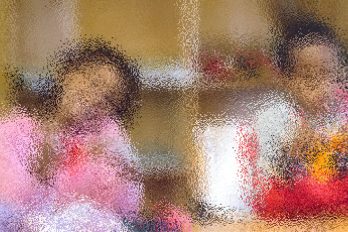
CLASS FIVE
Fifth grade is a time of relative balance between childhood and adolescence, between the inner feeling world and the emerging world of intellectual objectivity.
The curriculum of the fifth grade mirrors this balance by beginning with the creation myths of ancient Persia, Mesopotamia, Ancient India, and Egypt and culminating in the study of ancient Greece. Students train all year for the pentathlon, a classic Olympiad competition held at the end of the year with other Waldorf schools. They also continue to plot their place in their world and culture through a study of North American geography and history.
In math, students continue their work in fractions and begin decimals. They begin become accomplished knitters by knitting socks or leg-warmers. They also learn to sing and play recorder in parts to find the balance between the individual and the harmonious whole.
In botany, students begin by observing and drawing the plants, and expand upon their study and observation skills with field trips to surrounding parks, gardens, and nature conservatories
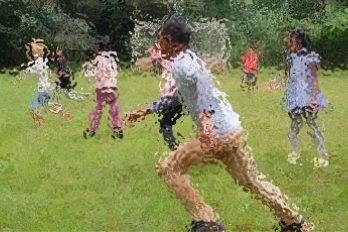
CLASS SIX
The sixth grade curriculum is exciting and complex. Students may come home talking about the Pythagorean theorem, Roman aqueducts, or how to calculate a discount. New subjects include geology, physics, business math, astronomy, form drawing, and a yearlong concentrated block of the fundamentals of geometry.
The historical focus is the rise and fall of the Roman Empire, the rise of Christianity and Islam and the interaction between the two, and the Middle Ages in Europe and in the mighty empires of South America and Japan. The sixth grade curriculum is multidisciplinary: in geometry, students learn the Vesica Piscis, the archetypal architectural form of the Middle Ages. Grammar studies take place in the context of Platonic dialogues and Socratic monologues. Pre-algebra is introduced in the block on the late Middle Ages and Islam.
In woodwork, students carve a spoon or bowl and in handwork the students sew three-dimensional animals developed from their own drawings
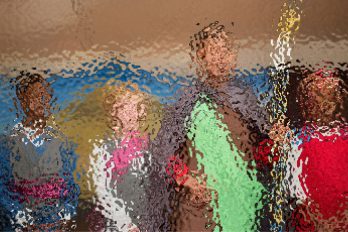
CLASS SEVEN
The Renaissance is the historical focus for this turbulent year. Twelve and thirteen year-olds question, argue, and rebel, and study the lives of men and women who argued and questioned and thereby changed the world.
In astronomy, students learn how Copernicus and Galileo began a new age of science. Students chart the sun, moon, and stars using the geometry skills learned last year. This block ends with a trip to eastern Washington for backpacking and stargazing.
While students study Shakespeare and Milton, they also write their own poetry and short stories. In physics, they make their own camera obscura. The physics block ends with a study of mechanics and the six simple machines: wedge, screw, lever, wheel, pulley, and inclined plane. Using this knowledge, students design their own inventions.
In handwork they create human figures, beginning with the head and bones. In woodwork they make wooden toys with moveable parts. Opportunities for literary, artistic, and musical expression are balanced with blocks of algebra, chemistry, geography, history, and human physiology.
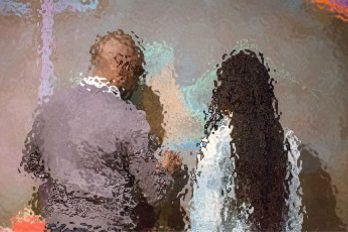
CLASS EIGHT
Eighth grade marks the culmination of many years of working together for Nairobi Waldorf School students, both as a group and with their class teacher. At the same time, they are preparing to leave each other and their school. Throughout this year the social life within the class is conscious and deeply valued.
The curriculum has brought them from the fairy tales of childhood to the revolutions of emerging nations. Students study the French, American, and Industrial revolutions. They examine the history and principles of the United States with all the critical acumen they have gained by their history studies through the years.
Eighth grade blocks include organic chemistry, physics, geography, human anatomy, the short story, and drama. Math blocks will focus on Euclidean geometry and algebra. In woodwork, students build boxes with dove-tail joints and in handwork the students master the sewing machine.
